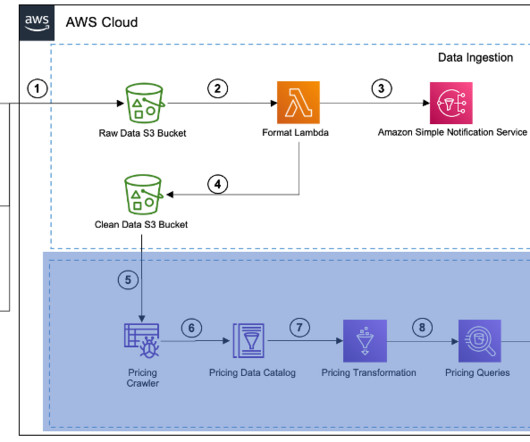How healthcare organizations can analyze and create insights using price transparency data
AWS Big Data
OCTOBER 11, 2023
Under the Transparency in Coverage (TCR) rule , hospitals and payors to publish their pricing data in a machine-readable format. The data in the machine-readable files can provide valuable insights to understand the true cost of healthcare services and compare prices and quality across hospitals.













Let's personalize your content